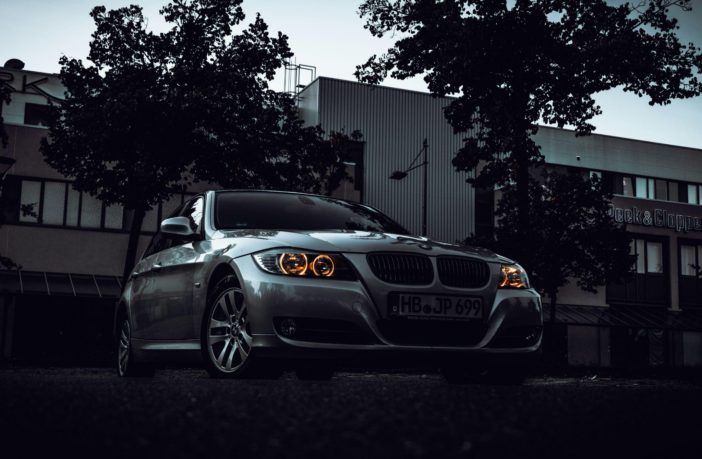In recent years, lighting technology in cars has advanced significantly. The xenon headlights exemplify the innovations and deliver a powerful, clear beam for improved visibility, particularly at night.
Xenon headlights produce a more natural light that reduces eye fatigue on long drives, especially in poor visibility conditions. For drivers who frequently travel at night, this can make a noticeable difference in their focus and reaction times.
Why Xenon and LED Headlights Are Game-Changers
Halogen headlights, once the norm, have gradually been replaced by more advanced xenon and LED options. For example, BMW E90 xenon headlights produce a bright, white light that mimics natural daylight. Unlike halogen bulbs, xenon lights use an electric arc instead of a filament, which allows them to produce a more concentrated and far-reaching beam.
LED headlights, on the other hand, are known for their energy efficiency, durability, and compact size. While xenon lights provide a sharper, longer beam, LED lights excel in spreading light evenly, which makes them perfect for urban and suburban driving. Both technologies significantly outperform halogen bulbs, with longer lifespans and improved safety features.
The BMW E90’s Adaptive Lighting System
The BMW E90 takes lighting innovation further with its Adaptive Lighting System, which adjusts the angle and direction of the headlights based on vehicle speed and steering input. As the driver turns the wheel, the headlights pivot to follow the curve of the road, significantly reducing the risk of encountering unexpected hazards in poorly lit conditions.
This system also proves especially valuable in adverse weather, such as heavy rain or fog, where compromised visibility increases the likelihood of accidents. However, maintaining such advanced systems is crucial to their reliability. Issues like misaligned sensors or worn swivel motors can disrupt performance and should be addressed during regular vehicle inspections.
Key Advantages of the Adaptive Lighting System
- Improved curve visibility: Headlights adjust to illuminate bends in the road.
- Enhanced safety in bad weather: Provides optimal lighting during fog, rain, or snow.
- Reduced blind spots: Targets light where it’s needed most.
- Increased driver confidence: Makes night driving more predictable and less stressful.

Practical Considerations and Maintenance
Modern headlights enhance safety and comfort, but also require more specialised care than their predecessors. For example, xenon headlights use high-voltage systems, making DIY repairs impractical and potentially hazardous. Replacing LED components can be costly, as they are often integrated into the vehicle’s design. Routine inspections, such as checking alignment and cleaning the lens covers, can go a long way in maintaining optimal performance.
It’s also important to note that headlight systems like the BMW E90’s Adaptive Lighting rely on sensors and mechanical components that are prone to wear over time. According to AUTODOC, xenon and LED headlights have become standard in modern vehicles due to their ability to provide superior illumination and longer service life compared to traditional halogen bulbs. Addressing issues early, such as warning light indicators or unusual headlight behaviour, can prevent more significant problems down the road.





